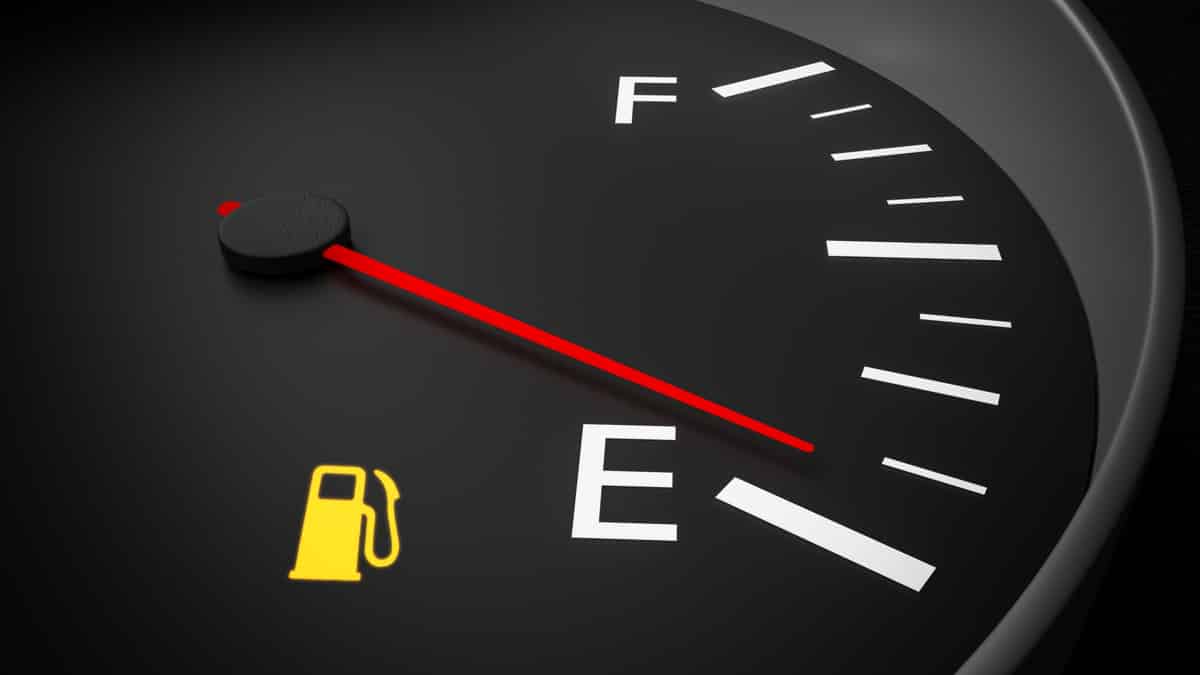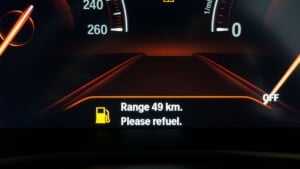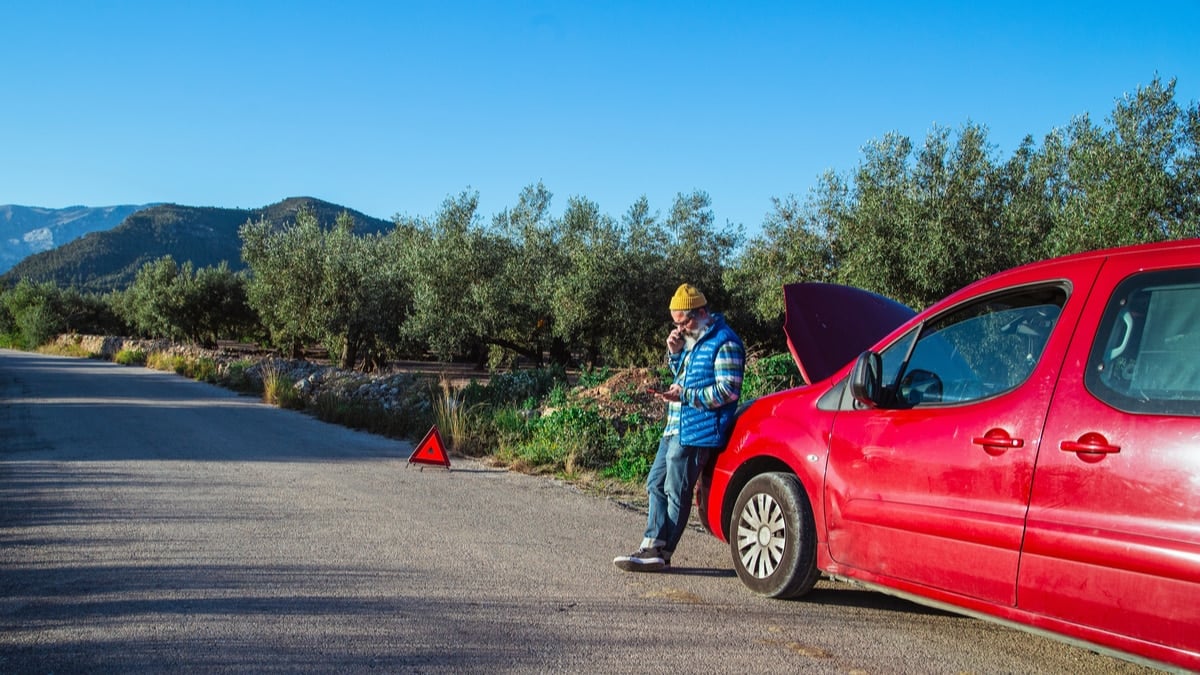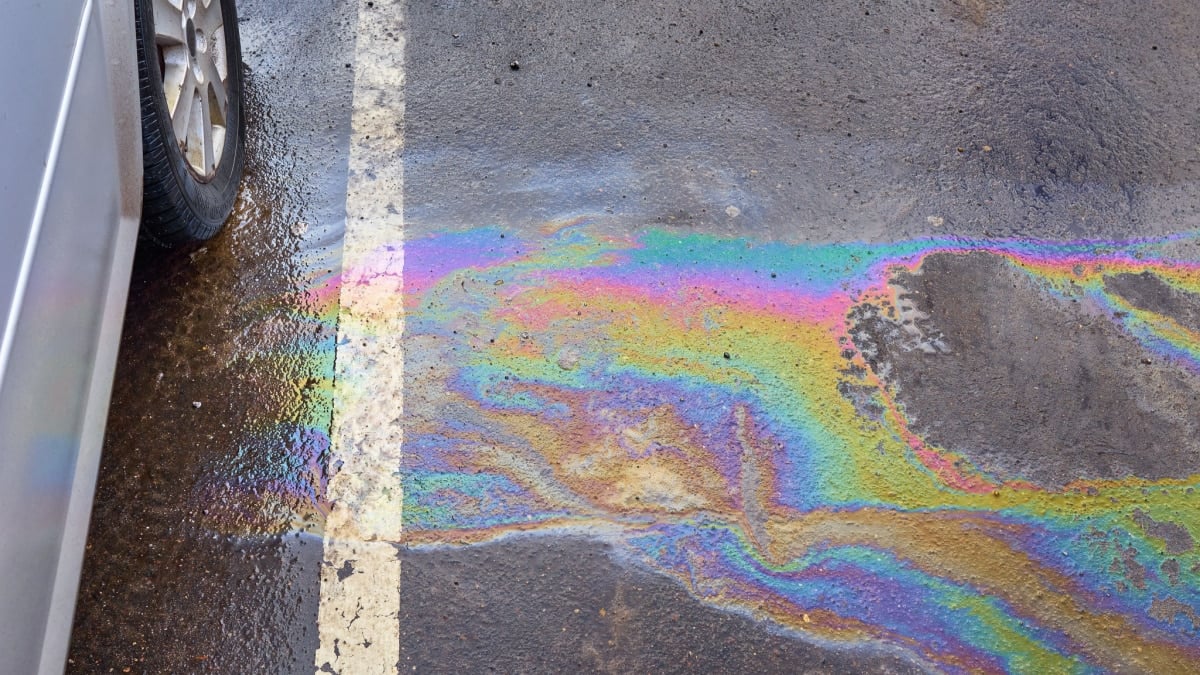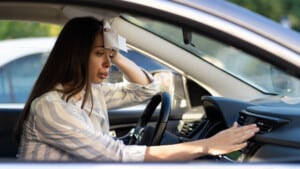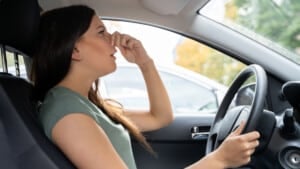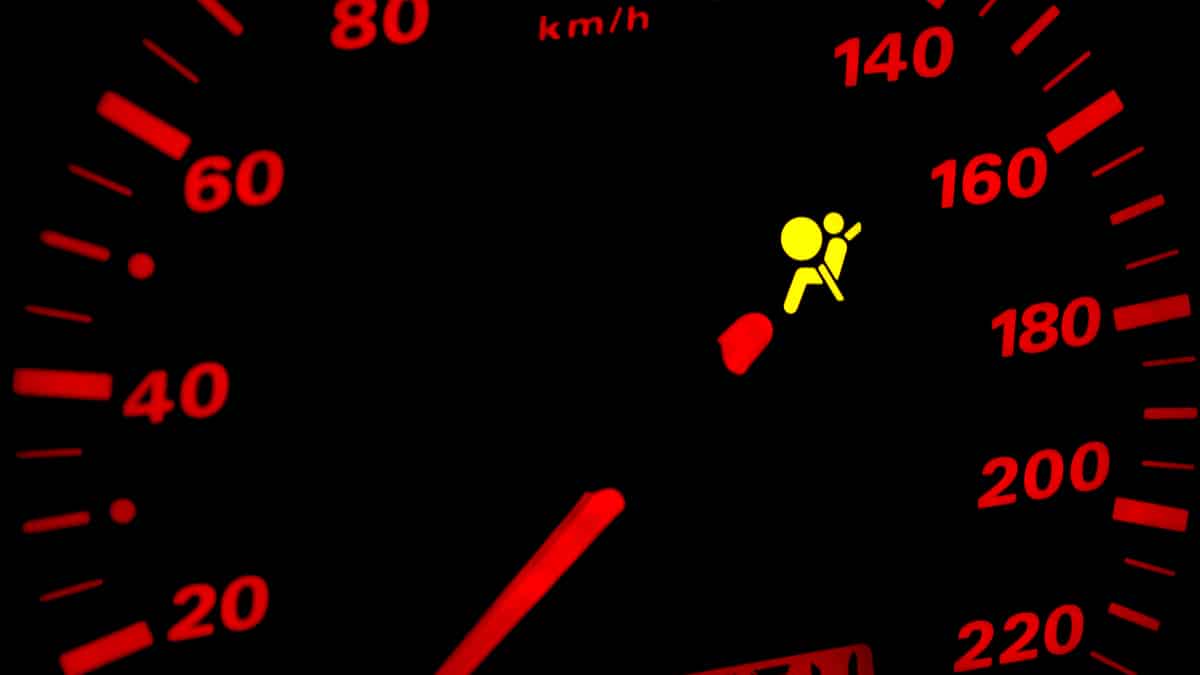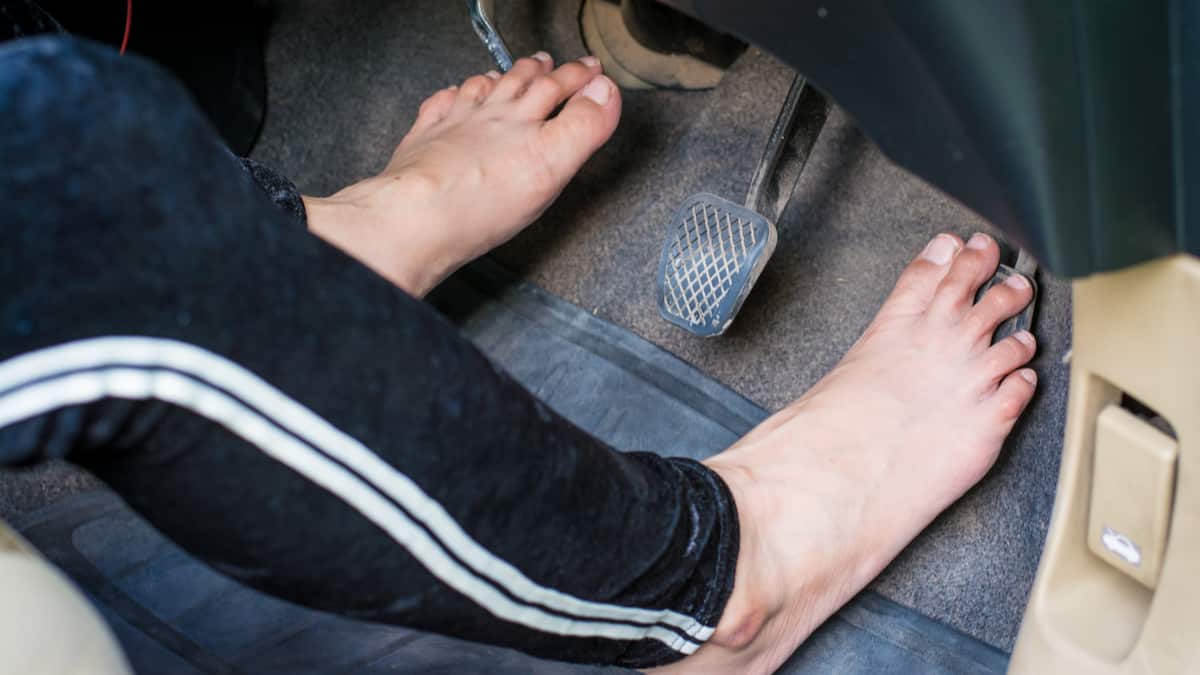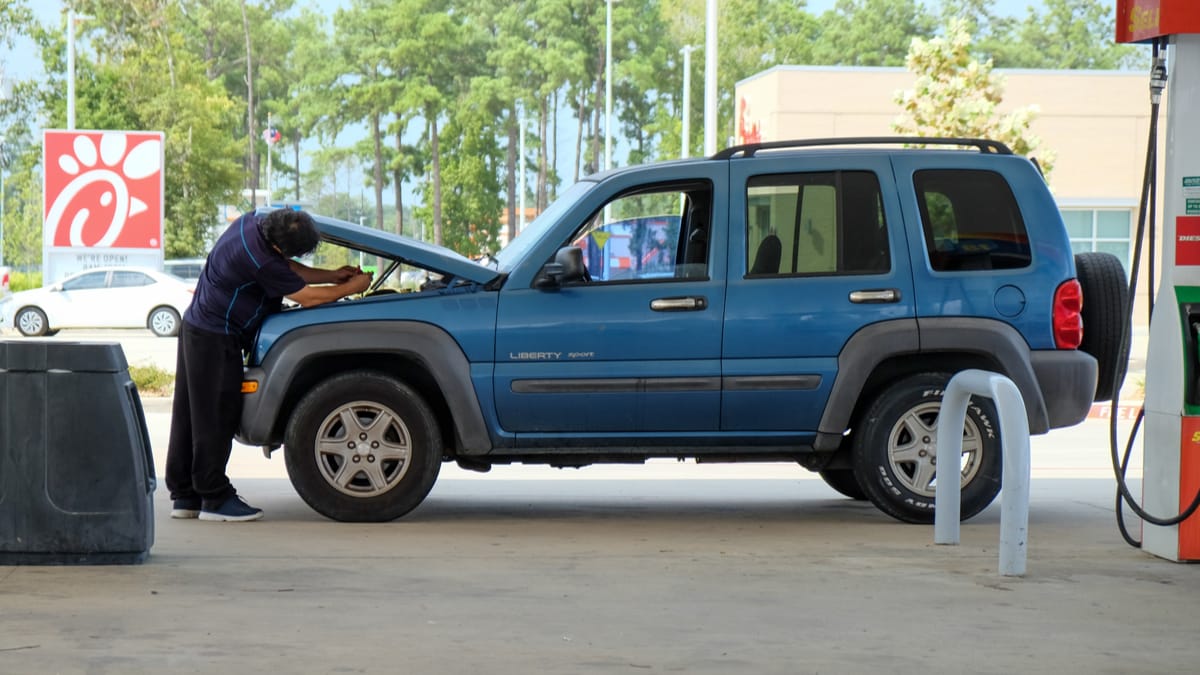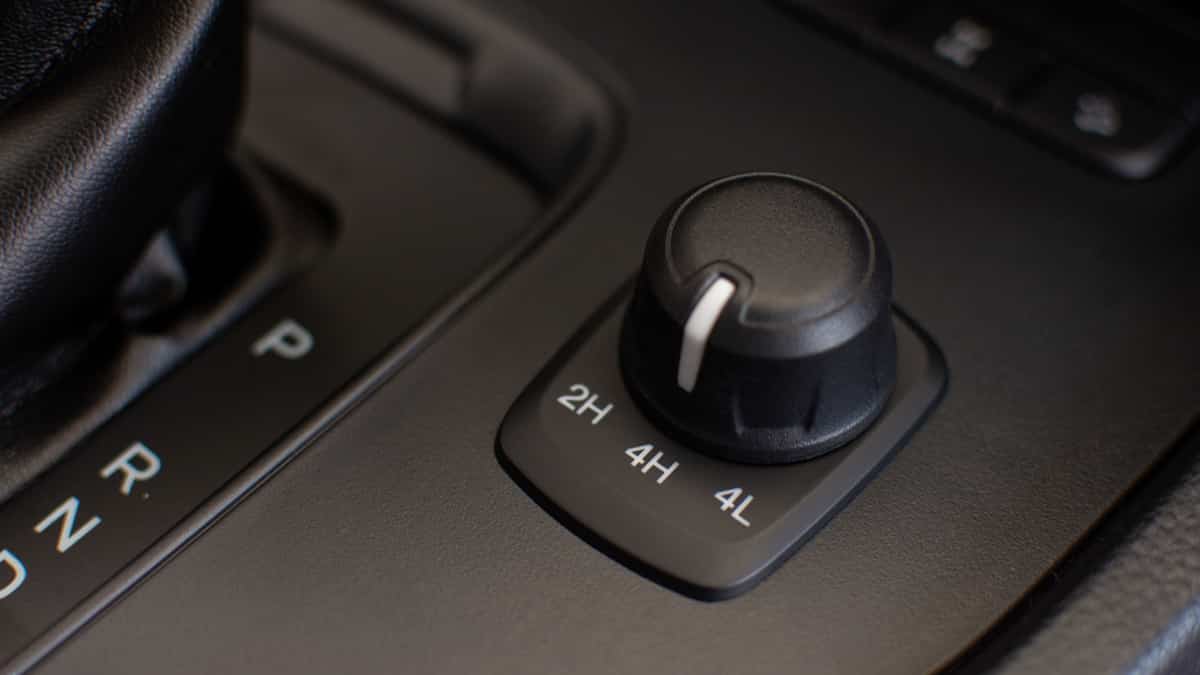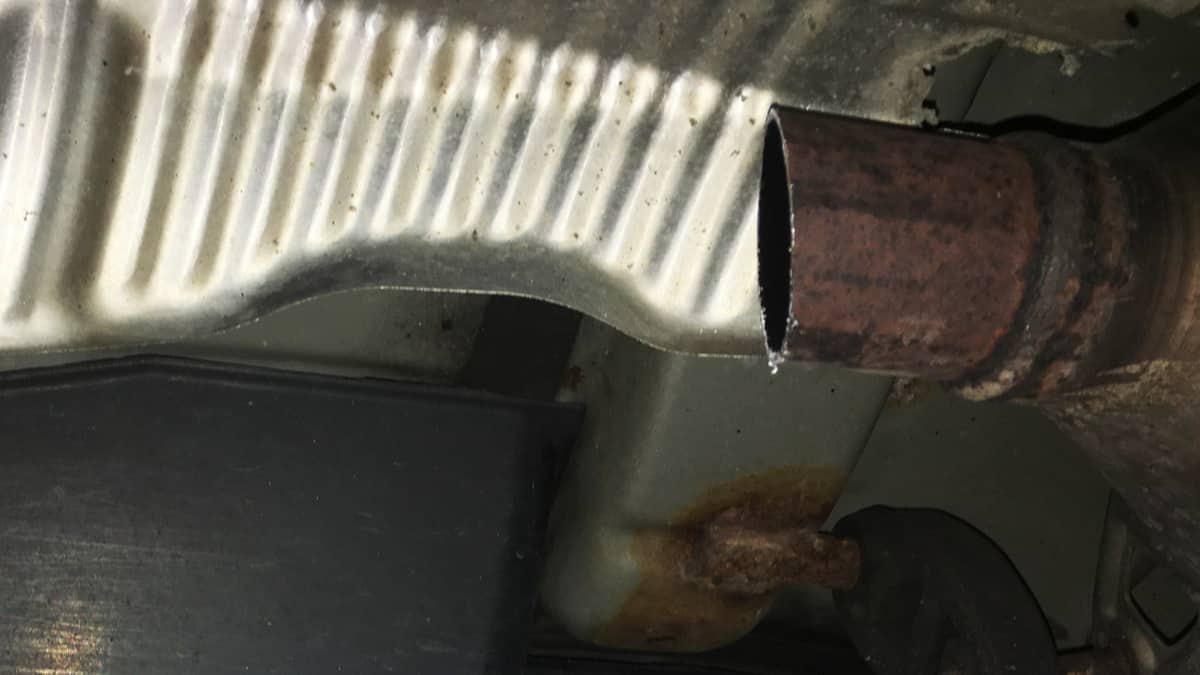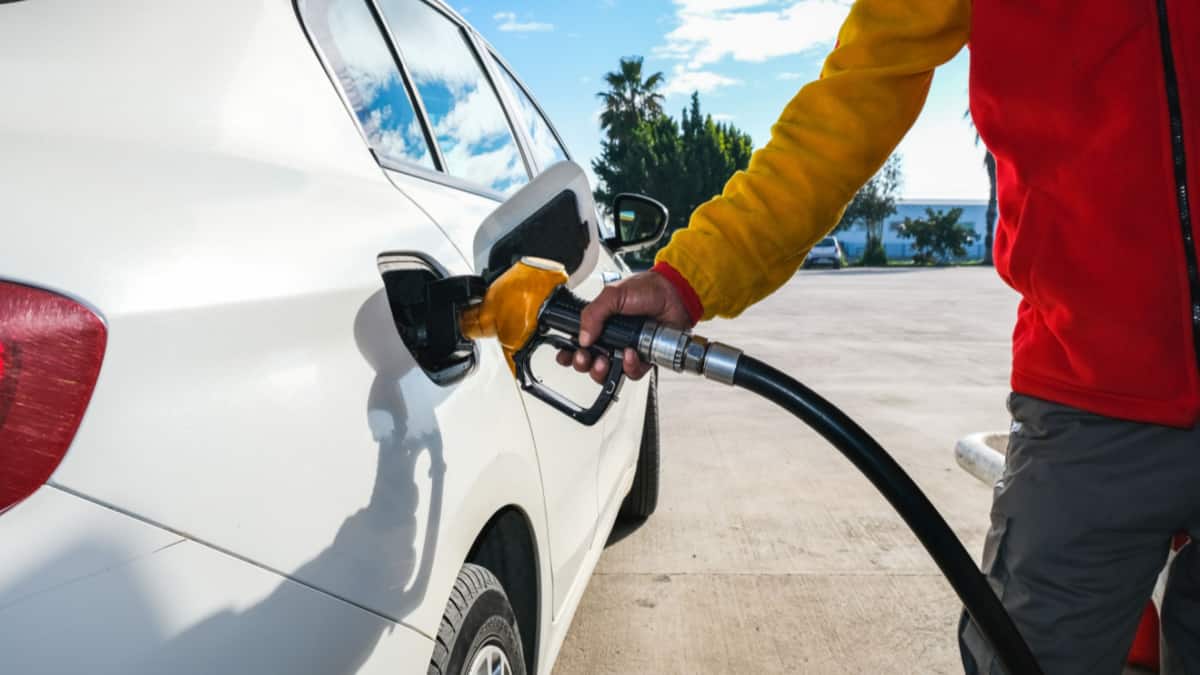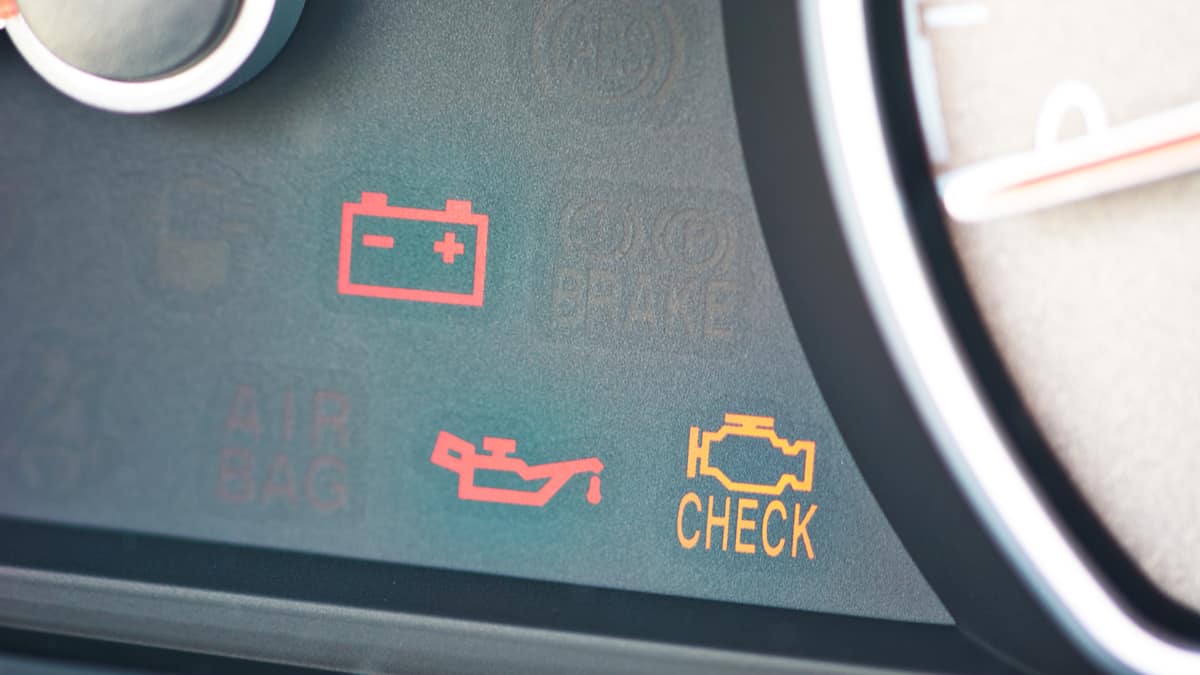Many of today’s modern vehicles have an alert letting you know when the gas tank is getting low. How far can you drive after the gas light turns on? This is an important question asked by most motorists today.
In this guide, we discuss how far you can go and the dangers of driving when the tank is low on fuel. We also discuss when the gas light alert comes on, give you some tips to conserve fuel and show you what to do if you run out. At the end of our article, you get the answers you’ve been looking for.
How Far Can You Drive Once the Gas Light Comes On?
While there’s no one measurement for all car makes and models, most vehicles get between 30 and 50 miles once the gas light comes on. Every automaker sets the light with varying measurements, so it’s always best to assume that you can go far less than this and start looking for a fuel station.
The type of car you drive dramatically affects how far you can drive. For example, a compact car with a small fuel tank may only have one gallon of fuel remaining once the gas light comes on, while a heavy-duty truck may contain three to four gallons of fuel.
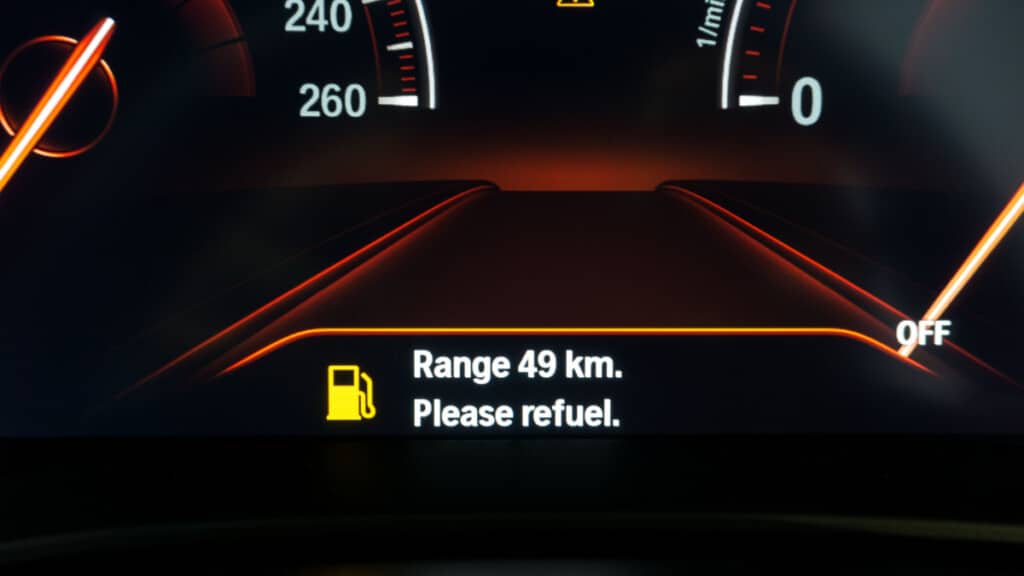
You must also think about the mpg rating of the car. Taking the above example, if the compact car has one gallon of fuel left but gets 40 mpg, it could essentially drive another forty miles before it’s empty. On the other hand, the heavy-duty truck may only get 15 mpg. If it has three gallons left, that’s 45 miles until it’s empty.
When Does The Gas Light Illuminate On The Dashboard?
While the low gas light warning can be alarming at first, it doesn’t mean that the vehicle is out of fuel. Instead, it’s a warning from the manufacturer that the fuel tank needs to be filled back up. The vehicle’s sensors are telling you that the reserves are low and you are running out of time.
The point at which this light comes on is different depending on what type of vehicle you drive. On average, it comes on somewhere between when there is one and four gallons of fuel remaining. Either way, you want to stop and get fuel when this warning comes on.
RELATED: How Far Can You Drive On Empty?
Dangers of Driving with Low Fuel
When you continually drive your vehicle while it’s low on fuel, you put yourself in danger of being stranded. Additionally, it can lead to wear and tear on the vehicle, creating a clogged fuel filter, damaged fuel pump or engine misfires.
Stranded
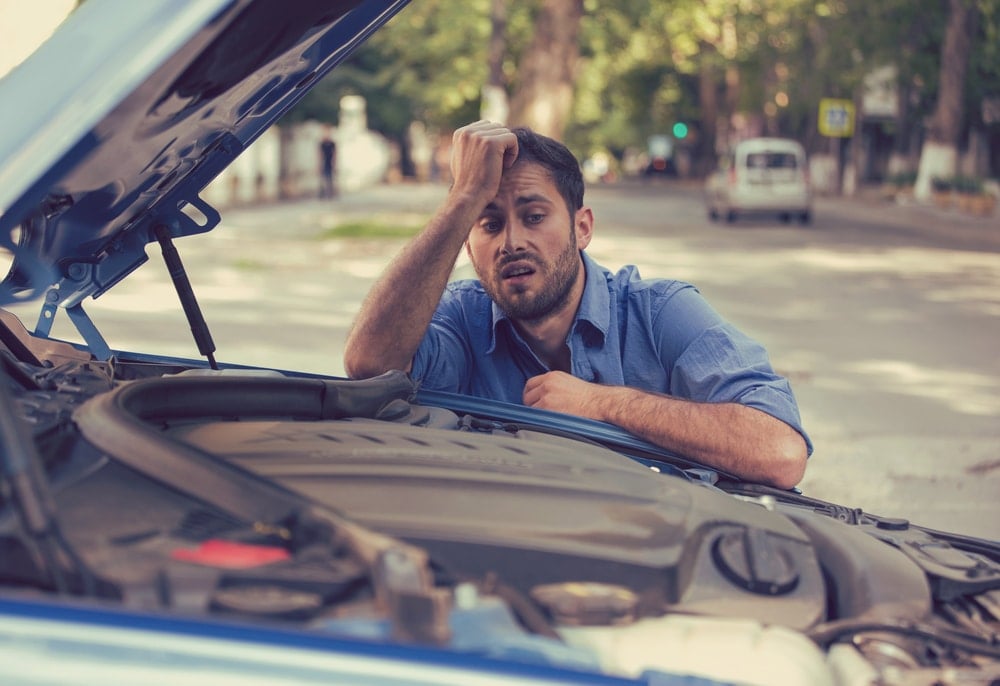
If you underestimate how much fuel is left, you could run out of gas. The engine will stop and you’ll be stuck wherever you are, which could be dangerous. At this point, you have no choice but to call roadside assistance or to walk and fill up a gas can to get going again.
Even if you think you know how much fuel might be left, it’s best not to chance it. It takes less time to fill up the tank than it does to sit on the side of the road without fuel.
Clogged Fuel Filter
The gas tank collects debris, sediment and dirt over time. These contaminants tend to sink down to the bottom of the fuel tank, where they don’t normally cause a lot of trouble. However, when you run low on fuel, the sediment gets drawn into the fuel filter.
Because the fuel filter isn’t meant to hold a large amount of debris, it can become clogged. As the filter becomes more clogged, the gas flow to the engine becomes diminished, leading to performance issues.
Damaged Fuel Pump

The car fuel pump is needed to transport gasoline to the motor. When operating normally, the pump gets submerged in the gas tank, so the fuel keeps it lubricated and cooled. In these conditions, the fuel pump could last for the lifetime of the vehicle.
However, as you run the tank low, the pump becomes partially exposed. This condition allows the pump to overheat, which can only happen so many times before it fails. To replace a fuel pump in many cars, the tank needs to be dropped and drained, which can be a pricey job.
Engine Misfire
If the fuel pump starts to take in air because the tank is nearly empty, the motor can’t get the right amount of gas. This situation is known as a starved engine. While the combustion chamber may get the air needed, it won’t have the fuel to mix with it.
The result of this starvation is a rough-running engine and possible misfiring. In severe situations, the engine may also stall, which goes back to you being left stranded.
Tips to Conserve Gas
The U.S. Department of Energy offers some great tips to conserve fuel. Not only will these tips help you make the most of what’s in the tank, but they may also help you reduce fuel costs. Here are a few of the best tips to consider.
- Slow down. Reducing your speeds can help save fuel. Gas mileage decreases once you start going over 50 mph.
- Use cruise control to maintain a consistent speed.
- Avoid sudden acceleration and braking.
- Combine your trips instead of making separate trips into town.
- Reduce the vehicle’s load by removing anything that doesn’t need to be carried.
- Use fuel-saving modes offered by the manufacturer, such as ECO Assist from Honda or the Ford SmartGauge.
- Avoiding warming up your car before driving.
- Don’t idle for more than a few minutes.
- Ensure the tires are inflated properly.
- Keep up with regular car maintenance, including making sure the filters are changed.
- Use the appropriate oil type for your vehicle.
- Map out the most fuel-efficient route to your destination.
- Use a gas app to find the lowest-cost options near you.
Beyond these tips, you could also choose a vehicle that is more fuel-efficient. If your budget allows and it makes sense for your lifestyle, you could look at purchasing a hybrid or plug-in hybrid for better fuel efficiency. Even better, you may consider driving an electric vehicle, which doesn’t need fuel at all.
What To Do If You Run Out Of Gas
If you run out of fuel while driving, there are a few things you want to do. Here are some suggestions to think about.
1. Get Safely Off The Road
If you have a warning that your car is running out of gas, it’s best to find a safe location to pull over. As the car starts to lose speed, you want to remove yourself from the road before you cause an accident.
Look for a spot on the road’s shoulder and don’t forget to turn on your hazard lights. Don’t stand outside the vehicle if you are in a heavy-traffic area.
2. Identify Your Location
Once you are pulled over, it’s time to figure out where you are. Whether you need to call roadside assistance or you plan to contact a friend, you need to know where they should meet you.
If your phone has a signal, you can use the GPS app to find your location. Otherwise, you would need to look at nearby signs and notable buildings.
3. Get Gas From A Local Station
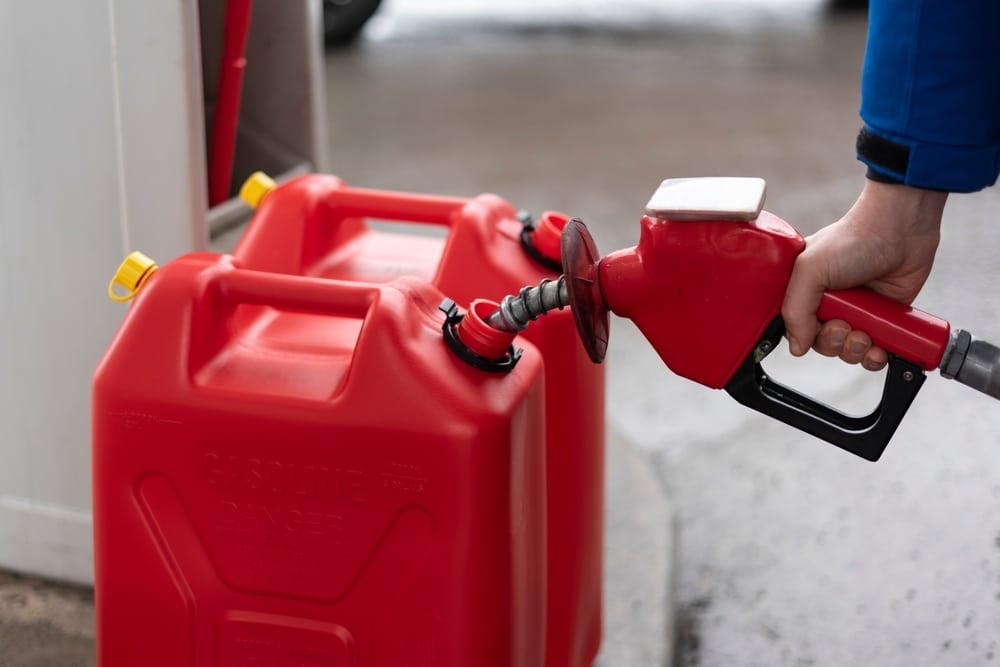
If you are within walking distance of a gas station, you could buy a gas tank there and fill it up for your vehicle. Most gas stations charge a premium price for gas tanks because they know you need it.
Take back enough gas to get your car to the station so you can fill it up. However, this option isn’t ideal for everyone, especially if you are located on a busy highway. In that case, you want to do one of the next two steps instead.
4. Call A Friend
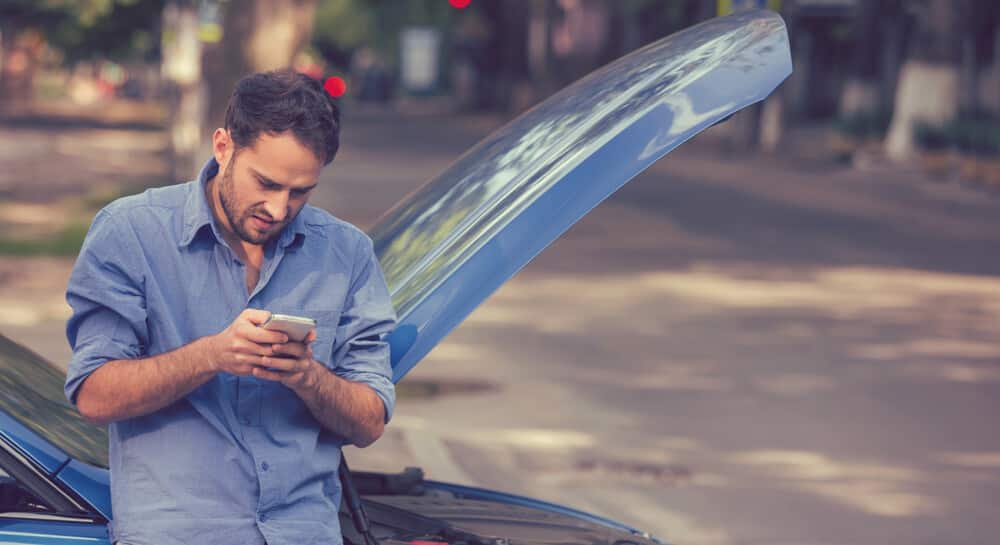
If walking to a gas station is out of the question, call a trusted friend or family member. They can bring a gas can with fuel to get you going again.
Of course, this option isn’t going to work if you are away from home. There’s also the chance that no one you know is available at the time.
5. Call Roadside Assistance
If you pay for a roadside assistance membership, you won’t need to worry about a thing. Some car insurance companies also offer roadside assistance, so you can see if your plan includes the service. Contact the appropriate company and tell them where you are.
They will send a truck to you with a tank of fuel. It won’t fill up your tank, but it will be enough to get you to the gas station.
Can I drive for 20 minutes with the gas light on?
It’s possible that there’s enough fuel in the tank to get you twenty more miles, but you shouldn’t take the chance. If you run into traffic or an accident that slows you down, you could run out of fuel along the way. You could also damage valuable fuel system components by running the tank so low.
Is it bad to drive with low gas?
Yes, the sediment gets into the fuel filter when the gas tank is low. It can also cause the fuel filter to be exposed, which leads to an overheating condition. If you continue to push your fuel system to the limits, the fuel filter could become clogged and the fuel pump could fail.
Can I drive 10 miles on empty?
In most cars, there are at least ten miles of fuel left in the tank when the gas light comes on. However, you don’t want to count on it. If you run into any delays getting to your destination, you could run out of fuel. Instead, stop at the nearest fuel station and fill back up.
Do all cars have a reserve tank?
No, the majority of today’s cars don’t have a reserve tank. Instead, the gas light comes on when the tank gets to a certain level. For most vehicles, it means that there’s somewhere between one and four gallons of fuel left before it’s completely empty.
How many miles does 1 gallon of gas get you?
It depends on what the fuel economy rating of the car is. If the vehicle typically gets 25 mpg, you may be able to drive 25 miles before it runs out. However, these ratings vary based on what type of vehicle you drive and the terrain you are driving on, so it’s best that you stop for fuel when the warning light comes on.
The gas light is installed for your protection. In an ideal world, you wouldn’t drive the car low enough to ever see this light. However, everyone is busy, so it is going to happen from time to time. Once you see this light, it’s time to take action. Even if you are in a hurry, you don’t have time to put it off.
There’s a chance you could run out of fuel, leaving you stranded on the side of the road while you wait for help. Otherwise, you are allowing damage to the valuable fuel system, which is going to cost you much more to fix than you are prepared for.
Categories: Driving, Warning Lights
